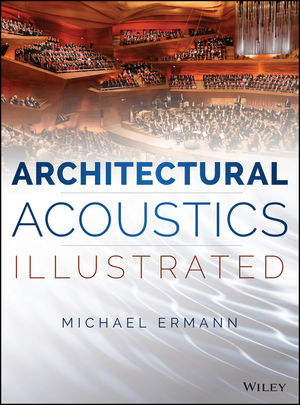A message to Chevron from architect Charles Renfro, a partner at New York–based Diller Scofidio + Renfro.
When I grew up in Baytown in the ‘70s, I sensed that there was something happening here. Even to a kid who knew nothing, I could feel the embrace of the possible, of the new. There was a pride, shared by thousands of first-generation college graduates (maybe grown out of a fear that they had made a mistake to come to Houston instead of Chicago or Cleveland) that this was the place. They staked their claim here. Not to get rich. Not to become famous. But to be part of a new society, of shared values and ambition. This flat, ill-tempered swamp, devoid of any geographic features or history had become the ideal place to hatch a vision of the future.
I witnessed Houston take shape in all its spectacular and sometimes horrific glories: the Astrodome, the Galleria, Pennzoil Place, the 16-lane freeway that is I10. I looked forward to each Sunday paper when a new skyscraper was announced, knowing that it would forever shape the identity of this town, my home. We invented or perfected new urban forms that embraced the Utopian values shared by our settlers, like my parents, and the technologies they developed. Who knew that you could transport hundreds of thousands of people to work in their own private property? Who knew that you could air-condition a room the size of the Astrodome?
I was inspired, devoted to building, devoted to city making, and devoted to the power of design to embody the ambitions of an age.
When I was an architecture student at Rice in the 80s, I was dismayed when the Shamrock Hilton was torn down. It was the largest hotel built in America during the ‘40s and had the world’s largest swimming pool, in which water skiing demonstrations would frequently be performed. How many Houstonians even know about the Shamrock Hilton today? More recently, I was apoplectic when the Astrodome, the 8th wonder of the world, had to fight for its life.

Photo © Geordie Wood
Houston will never be Paris or London or New York. These structures embodied the ambition of their age and their place. They embodied Houston. They serve as markers of innovative thinking around concepts of the new city and as challenges to future generations to construct our city with similarly audacious goals. Saving them is about respecting ourselves as much as preserving old things. Losing them allows us to slink into mediocrity.
The Shelor Motor Company Building from 1928 is one of the last remaining historic buildings on Houston's car garage-riddled south side. Its design tried to bridge the gap between the traditional city and the new one that Houston was becoming. It used stone and masonry window surrounds to disguise its large-span plate glass windows, allowing cars—Houston's future—twenty times larger than the furs displayed in Sakowitz's windows up the street, to be shown in all their glory. In Houston, luxury wasn't something you draped on your body, borne in the cold climate of the traditional city, but something in which you could surround yourself and your family in climate-controlled comfort as you glided from downtown to your new Utopian neighborhood. This building was a Trojan Horse, embodying Houston’s ambitions as much as the Astrodome did. At the same time, it participated in the urban, pedestrian-scaled life of the city—something that is universally heralded as a key to a sustainable future. This combination alone should qualify it for instant adaptive reuse. And as one of the designers of the High Line in New York, I know firsthand that there is a future in the past.
And yet, the building is imperiled. Chevron, its owner, wants to tear it down because it doesn't meet the company’s needs. That response is perfectly Houston. We will not be hamstrung by history. We will always refresh with the new. But what replaced the Shamrock Hilton was a bland set of office buildings worthy of Beltway 8, hardly rising to the ambitions of its predecessor.
What then are the needs of Chevron? Is it serving its current customers, its future customers, and Houston by tearing down the Shelor Building? Wouldn't an adaptive reuse of a beautiful, experimental building from the ‘20s send a message to its customers that it is looking towards a sustainable future and trying to distance itself from a wasteful past? It would be a win win win: Chevron improves its image, the city retains its history, and downtown continues to develop in a walkable, diverse, and sustainable way. There are plenty of examples where merging old and new commercial structures have yielded some of the most innovative architecture of our time. The Hearst building in New York is one such example. Using this model will not make Houston less innovative, less new, less 'possible.' This approach is ennobling, innovative, and is essential for us to keep inhabiting this world. Chevron, please show us that you love your city, its residents, and your planet and save the Shelor Building.
Sincerely,

Charles Renfro, Partner
DILLER SCOFIDIO + RENFRO




Post a comment to this article
Report Abusive Comment